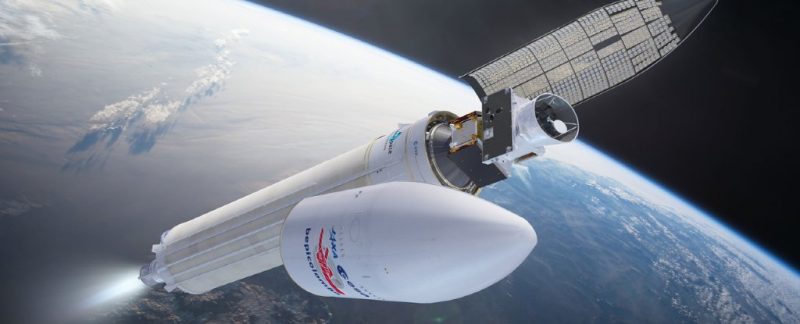While we have yet to figure out how to travel by warp drive, we have found other ways for spacecraft to propel themselves at mind-boggling speeds across vast distances of outer space.

Ion drives, for instance, have enabled spacecraft like the NASA’s Deep Space 1 and Dawn to travel years at a time at record-breaking speeds.
And now, a European-Japanese mission is ready to fire up the most powerful ion thrusters yet on its long journey to Mercury after successfully making its first maneuver in space.
The BepiColombo mission that launched from Earth on October 19 wants to send a carrier spacecraft, and two piggybacking orbiters, to Mercury – a journey of 5.6 billion miles (9 billion kilometers) that will include nine flybys of Earth, Venus and Mercury, and 18 loops around the Sun to gain momentum.
The spacecraft will take seven long years to get there, despite its pair of extremely powerful ion thrusters – the most powerful ever built.
Ion thrusters use positively charged ions – from particles of an on-board fuel source like xenon gas – to create thrust. Particles get charged with electricity, usually provided by solar arrays, and then shot out the back like a cannon.
To put the spacecraft’s ion thruster’s force into perspective, a statement by the ESA compared full throttle from one of its two thrusters to the force of “holding an AAA battery at sea level”.
Yes, that sounds weak. But it’ll be burning its ion thrusters for long stretches at a time – a series of 22 long burns, each lasting up to two months. The first burn is planned to start mid-December.
Because after all, slow and steady wins the race.
By VICTOR TANGERMANN, FUTURISM
This article was originally published by Futurism. Read the original article.
The 21st Century
